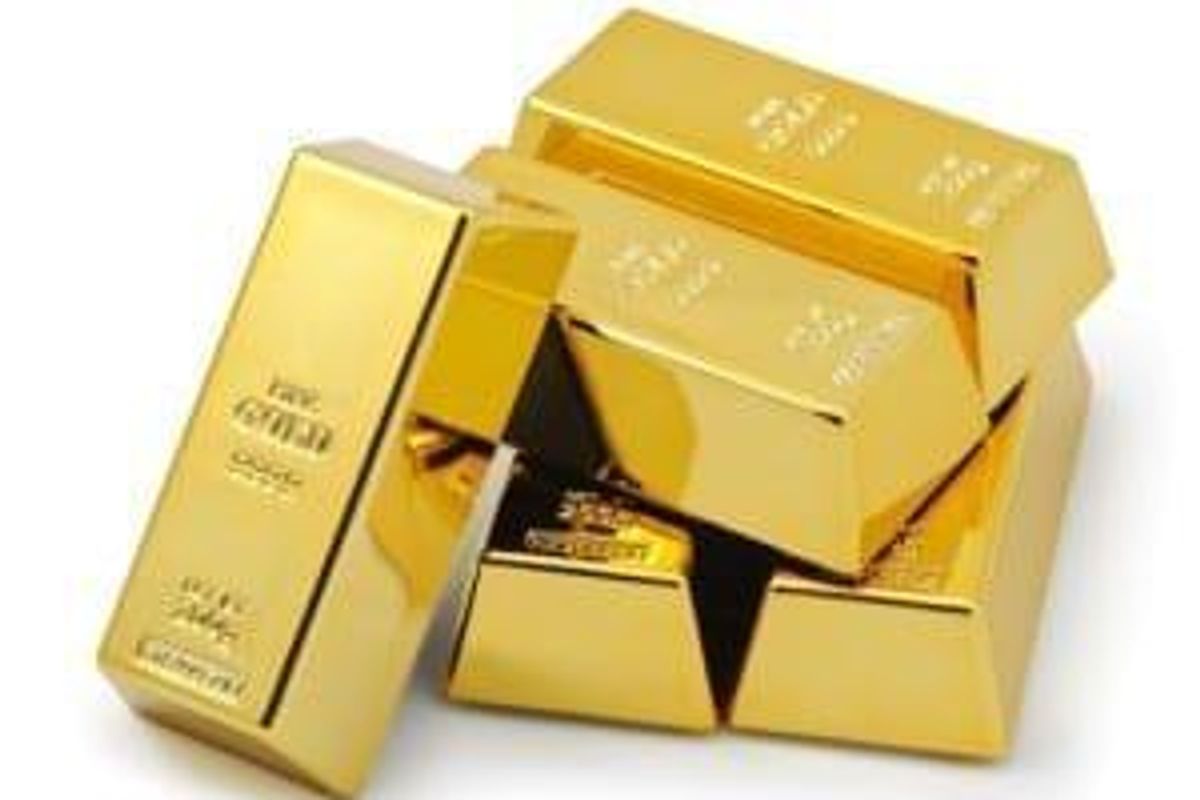How Much Gold Does Apple Recover From Old iPhones?

All in all, Apple recovered 2,204 pounds of gold through take-back initiatives in 2015. At today’s gold price, that amounts to roughly $43.55 million worth of the yellow metal.
Last week, Apple (NASDAQ:AAPL) released its environmental responsibility report, revealing, among other things, that the company could be making a tidy profit from the gold it recovers from old iPhones, iPads and Macs.
All in all, Apple recovered 2,204 pounds of gold through take-back initiatives in 2015. At today’s gold price, that amounts to roughly $43.55 million worth of the yellow metal.
Here’s a look at some of the other metals Apple recovered from old electronics:
- Aluminum — 4,518,200 pounds
- Copper — 2,953,360 pounds
- Nickel — 39,762 pounds
- Lead — 44,080 pounds
- Tin — 4408 pounds
- Silver — 6612 pounds
Of course, rather than selling these materials, Apple reuses them in their own electronics. The company boasts that it has kept approximately 597 million pounds of equipment out of landfills since 1994, collecting roughly 90 million pounds of e-waste in 2015.
Apple has even invented a recycling robot, called Liam, designed to disassemble 1.2 million phones a year, helping to recover more of its high-quality components.
That might seem like overkill, but as the company notes, “[e]xisting recycling techniques, like shredding, only recover a few kinds of materials and often diminish their quality.”
Furthermore, as David Abraham, author of “The Elements of Power,” has pointed out, iPhones rely on almost half the elements on the planet. Some of the lesser-known materials needed to make iPhones and iPads work, such as the tantalum necessary for tiny capacitors, can be much more difficult to get a hold of than gold.
“It’s an experiment in recycling technology, and we hope this kind of thinking will inspire others in our industry,” Apple stated in it’s report.
In any case, it’s interesting to see just how much gold Apple recovers from recycled electronics. While the yellow metal makes up a relatively small amount of the overall volume of recovered material, it’s one of the most valuable metals that the company collected from its old electronics.
Don’t forget to follow us @INN_Resource for real-time news updates.
Securities Disclosure: I, Teresa Matich, hold no direct investment interest in any company mentioned in this article.




